The Sound Design Diaries #3: Cinematic Synth Pulses (And How To Program Them)
< BackA bit of background to my taste in music
The decade 2005-2015 was hugely important for me, as an 18-year-old (in 2005) musician who grew up listening to rock.
It was during these years that I discovered jazz, a genre I still love and will often listen to, and I learned about synthesizers through the film music of Hans Zimmer.
I was obviously aware of synthesizers (perhaps mostly through the music of Radiohead), but to a guitar player with limited exposure to electronic music they just sounded very “old’’ and cheesy.
In these years (around 2010) I also started becoming interested in pursuing a career as a composer for media (I enrolled in a Master in Scoring for Film, TV and Video Games at Berklee College of Music in 2013) and the synths in Hans Zimmer’s music completed the mental picture of what contemporary film music was supposed to sound like for me.
In a funny way, this music also had the power of renewing my love for the purely acoustic film music of Ennio Morricone, Thomas Newman and John Williams.
Batman Begins was perhaps the film that first put me in touch with the sound design side of music for media. Molossus and Vespertilio are tracks that left a deep mark in my music taste and ever since watching that film for the first time I have been obsessed with synthetic pulses and sequences... I’ve programmed hundreds of them!
I’ve programmed them for synthesizer manufacturers, for plugin developers, for other film and video games composers and, of course, for my own music.
I am constantly listening to new soundtracks, keeping my ears open for cinematic synth pulses of any kind.
Over the years, I’ve loved the minimalistic approach of The Knick, the genre-defining synths of Mr. Robot and most recently I’ve been blown away by the synth work in Tenet and Shogūn.
A Patch
The time has come for us to get programming synths on this blog: let’s make a cinematic synthetic pulse.
While not directly inspired by any particular film, this is in many ways a tribute to that beautiful era of cinema. I’ll use MiniFreak because recently I’ve been doing quite a bit of sound design work for Arturia and I am completely obsessed with this little synth.
Oscillators
First things first, let’s pick the algorithms for the two oscillators: I’ll set Oscillator 1 to Karplus-Strong and Oscillator 2 to Noise.
Karplus-Strong synthesis is based on physical modelling (and is one of the earliest examples of it! Wikipedia to the rescue) and it will provide the tonal component of my sound.
The noise part shouldn’t require any comment, except MiniFreak has one of the coolest implementations of noise I’ve seen in a synth: the sound designer can pick between different types of noise (including particle noise, which is delicious), morph one into another, blend them with a tonal component (a waveform mixed in) and reduce the oscillator’s sample rate.
You can copy my setting in the picture below for each oscillator’s parameters.

Filter
This is easy: low-pass, completely closed, no resonance. We do want a (very) moderate amount of envelope modulation.
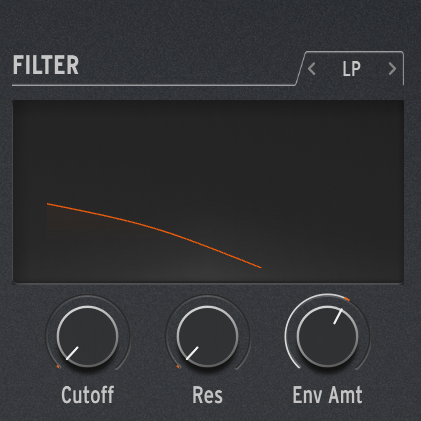
Speaking of envelopes…
Envelope
I’m going to use MiniFreak’s own powerful sequencer with this patch, so I need the amp envelope to be fast and snappy. Something like this should do:
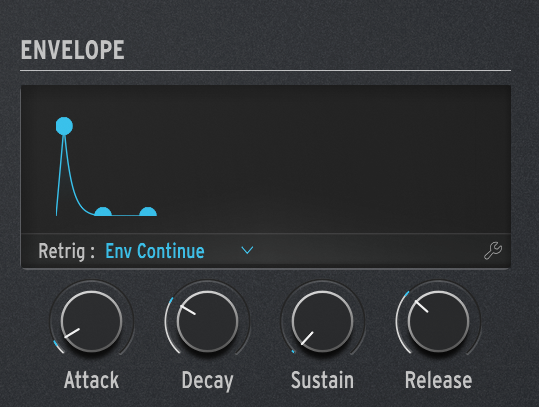
Modulation
The modulation matrix in MiniFreak is extraordinarily powerful.
I want to use the second envelope in MiniFreak, which is called the Cycling Envelope (because you can also set it to loop and effectively act like a unipolar LFO) to modulate a few parameters so I’ll set this to be as fast as the amp envelope, possibly with an even shorter attack. Make sure Mode is set to Env.
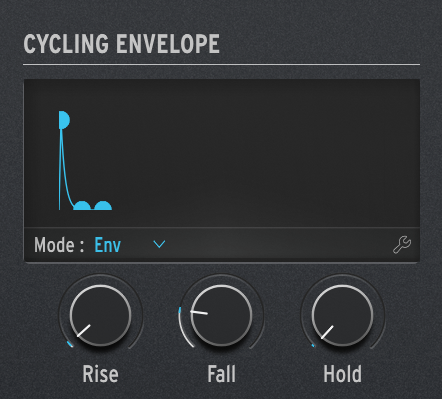
Now I can use the matrix to set the cycle envelope to control the Position parameter in the Karplus-Strong oscillator and Type in the Noise oscillator.
I’ll also set LFO 1 to a slewed S&H wave with a fairly slow rate and use it to control the balance parameter in the Noise Oscillator, which should help with getting some variety over time (make sure the LFO Retrig is set to Free, otherwise the sequencer will restart the cycle on every note).
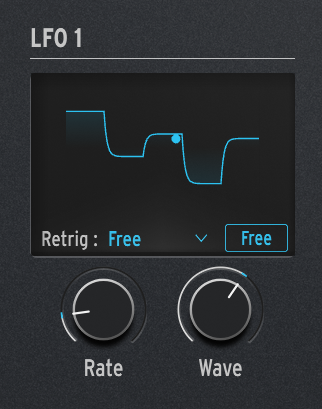
Here are my settings for the modulation matrix. As you can see I also added a couple of parameters to mod wheel and macros, to make the patch a little more performative.

Let’s finish this off with some effects:
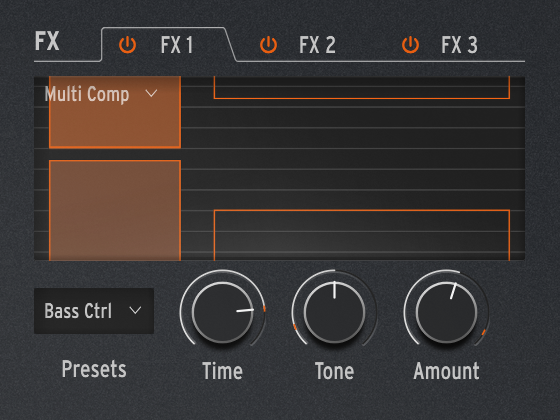
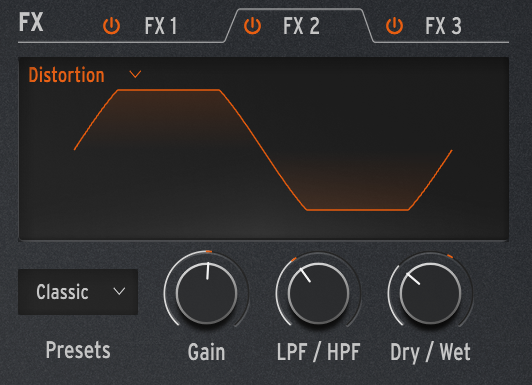
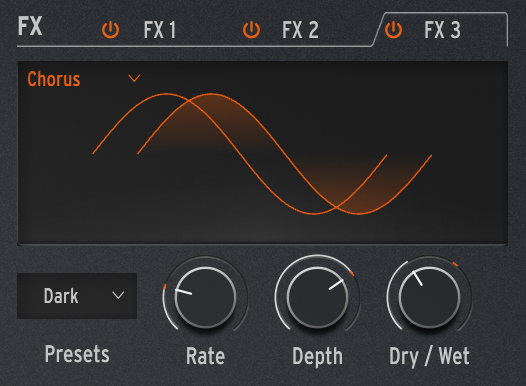
The sequencer
This is the fun part.
The built-in sequencer in MiniFreak is very capable, and I love using it as a source of modulation.
I don’t want to create a bass line, just a simple pulse, so I will pencil in a few repeated notes (but you can adapt this to your music of course) in a triplet pattern (time division: 1/8T). Since I’m using triplets I want to limit the pattern to 12 steps by dragging the pattern end bar just before step 13.
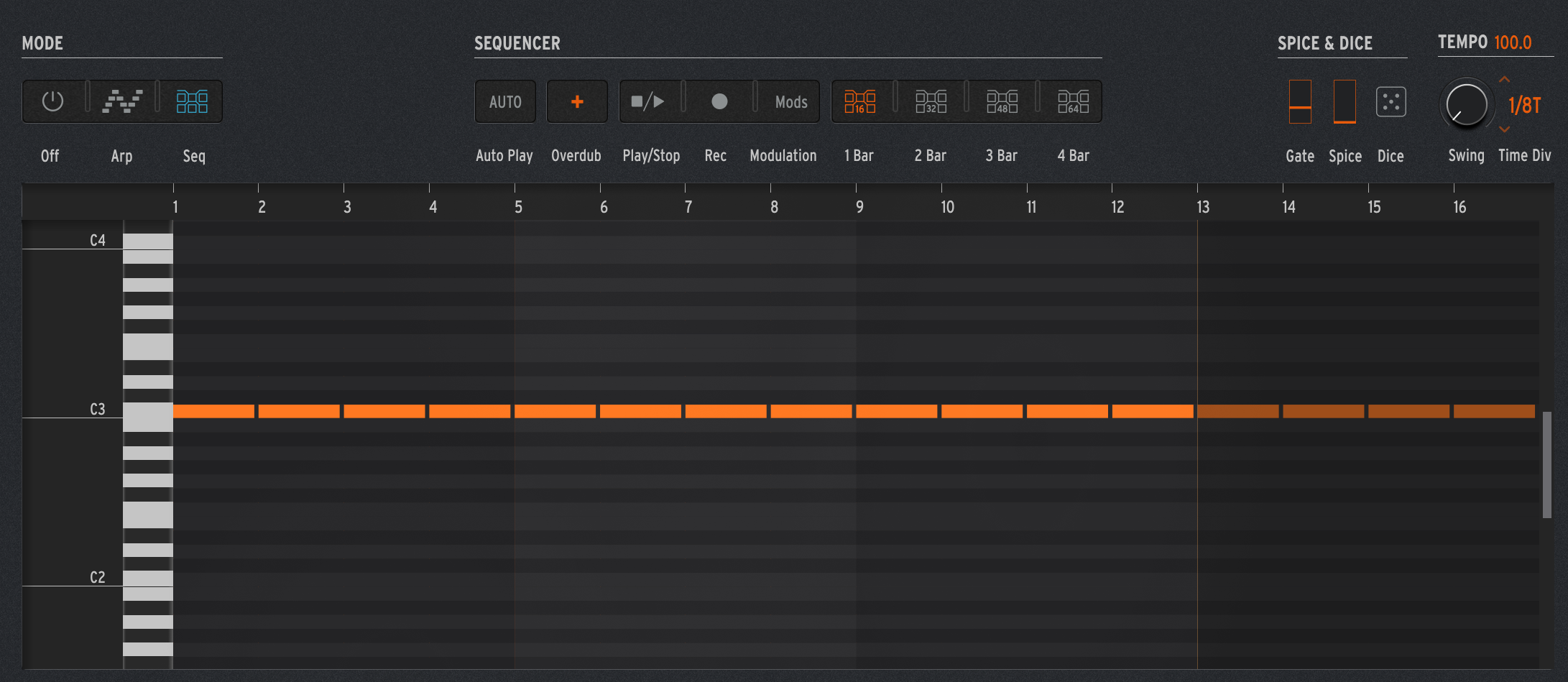
Now I want to go to the modulation page and use the sequencer to vary the amount of filter cutoff at each step. Feel free to draw in whatever cutoff value you want for each step, I’m going to open the filter more on each downbeat to get some basic accents.
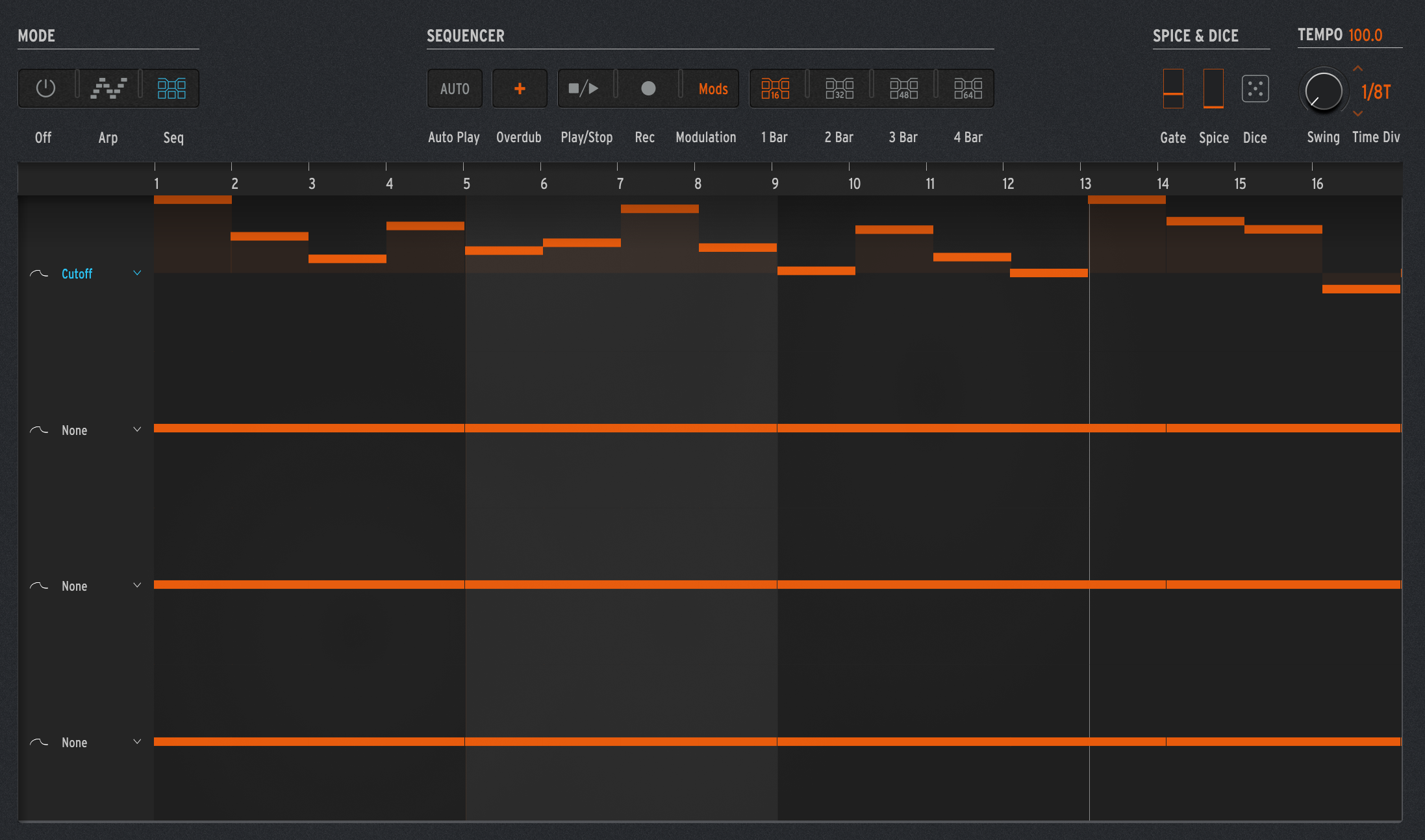
A cool variation of this is to use all 16 steps (or any other amount of steps that is different from the amount of time divisions in a bar, 12 in our case) so that you get a polymetric (not polyrhythmic!) modulation.
Here's the final result:
You can hear this patch in the tracks Dextructo and Dissonant Skies from my album Solar (which happens to be out today on all streaming platforms!).
\
- Tagged:
- Music